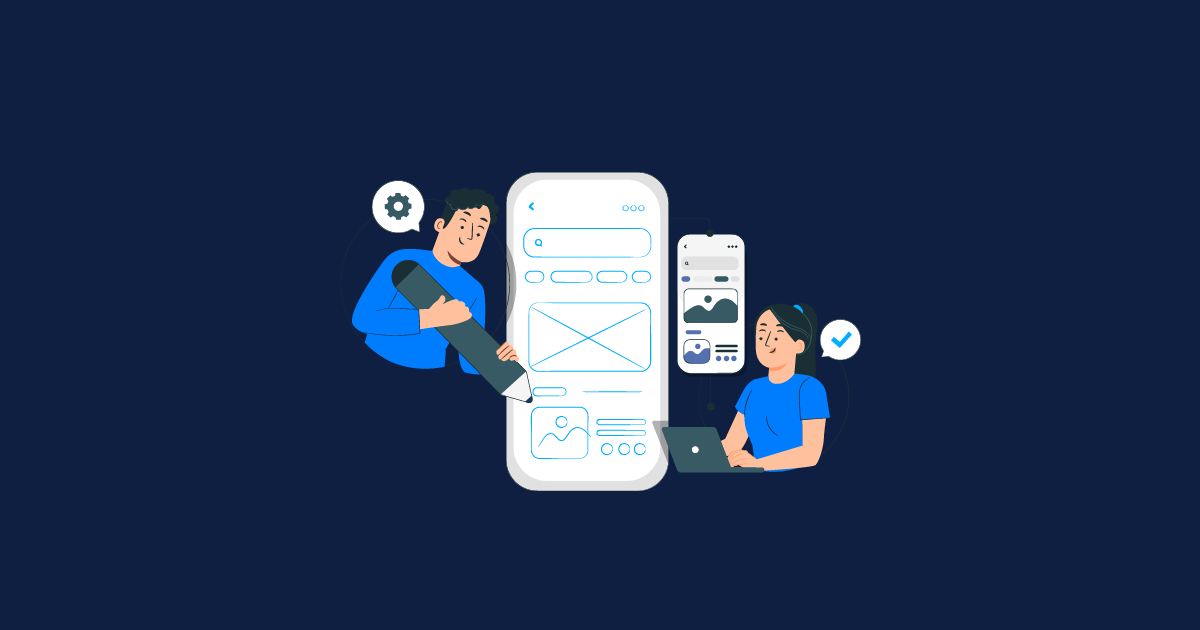Discover how API mocking and virtualization in testing can supercharge development speed. Learn the key benefits and strategies for accelerated software creation.
In the fast-paced world of software development, ensuring that apps are functional and reliable is paramount. APIs or Application Programming Interfaces play a crucial role in enabling communication between different software systems. As software projects become more complex, testing these APIs thoroughly becomes increasingly challenging. This is where API mocking, and virtualization comes into play, offering indispensable tools to streamline the testing workflow and accelerate the development.
What is API Mocking?
API mocking involves creating a simulated version of an API that mimics the behavior of the real API without relying on the actual backend services. This simulated environment, known as a mock, allows developers and testers to emulate different scenarios and responses, providing a controlled environment for testing various aspects of the application.
API Mocking Benefits
API mocking in testing offers several key benefits that contribute to the overall efficiency and effectiveness of the testing process. Here are some of the key benefits:
1. Isolation of Components:
It enables the isolation of specific components during testing. By decoupling dependencies, developers can focus on testing the functionality of one module without relying on the complete system, resulting in more efficient and targeted testing.
Early Testing:
Developers can start testing the application even before the actual API is fully developed or available. This early testing helps identify and address potential issues at an early stage of the development lifecycle, reducing the overall cost of fixing bugs.
Parallel Development:
Teams working on different components can proceed with their development independently. With API mocking techniques, a team can create mock endpoints for the components that are yet to be developed, enabling parallel development and testing.
Enhanced Test Coverage:
With this technique, testers can simulate a wide range of scenarios, including edge cases and error conditions, which may be challenging to replicate with a live API. This enhances test coverage and ensures that the application is robust and resilient in different situations.
Faster Test Execution:
Mocked APIs typically provide faster response times than real APIs. This can significantly reduce the time required for test execution, allowing for quicker feedback to developers and faster overall development cycles.
What is API Virtualization?
API virtualization in testing takes the concept of API mocking a step further by creating a complete, virtualized environment that replicates the behavior of the actual APIs and their dependencies. API virtualization, also known as API Sandboxing, involves simulating not only the API responses but also the underlying infrastructure and services that the API interacts with.
API Virtualization Benefits
It offers several key benefits that contribute to more efficient and comprehensive testing processes. Here are some of the key benefits:
1. Realistic Testing Environment:
Virtualization allows testers to create realistic testing environments that closely resemble the production environment. This helps identify potential issues related to scalability, performance, and integration with other components early in the development process.
Testing without Dependencies:
It allows testing teams to work independently. This is especially useful when certain APIs or services are not accessible or are still under development.
Scenario Testing and Simulation:
This will enables the creation of realistic scenarios, including edge cases, error conditions, and various responses from APIs. This helps in validating how the system behaves under different conditions.
Early and Parallel Testing:
API virtualization facilitates parallel development by enabling teams to work on different components independently. Development and testing teams can progress simultaneously, reducing bottlenecks and accelerating the overall development lifecycle.
Continuous Integration and Continuous Delivery(CI/CD):
Integrating API virtualization into CI/CD pipelines ensures that changes to APIs and their dependencies are thoroughly tested before deployment. This significantly reduces the risk of introducing bugs or regressions into the production environment.
Final Words!
API Mocking and Virtualization in testing have become indispensable tools in modern software development and testing, offering a range of benefits that contribute to faster and more efficient delivery.
Testing with virtualized APIs and API Mocking practices contributes to faster development cycles, early bug detection, and improved overall software quality. As software systems continue to evolve, integrating API mocking and virtualization into testing workflows will remain a crucial aspect of ensuring the reliability and success of applications in today's dynamic and competitive landscape.



